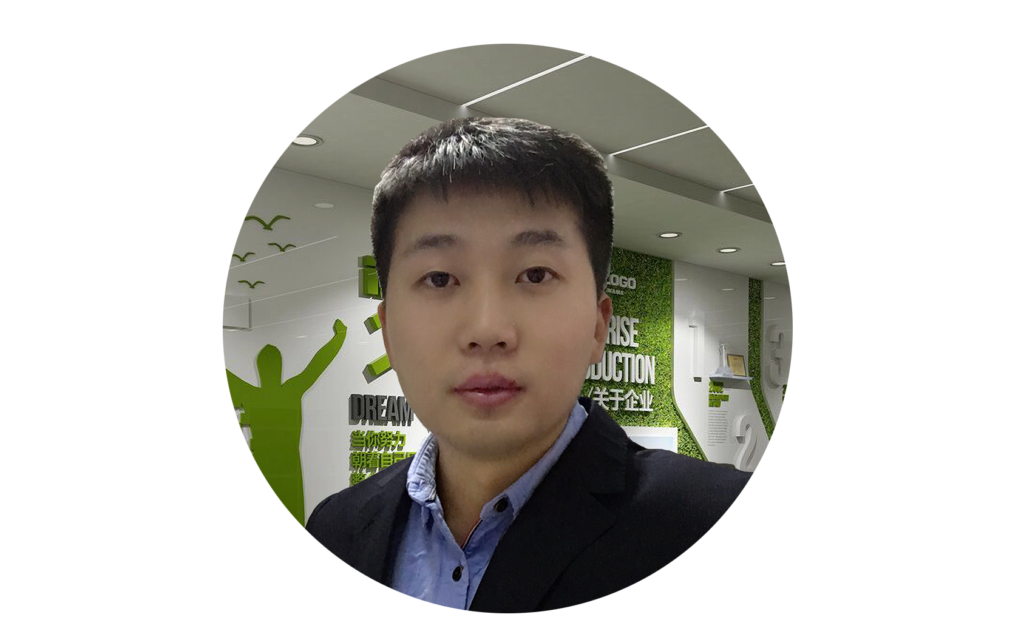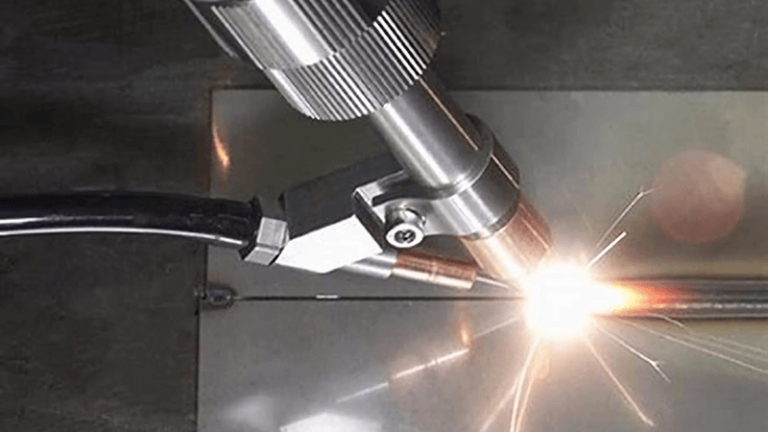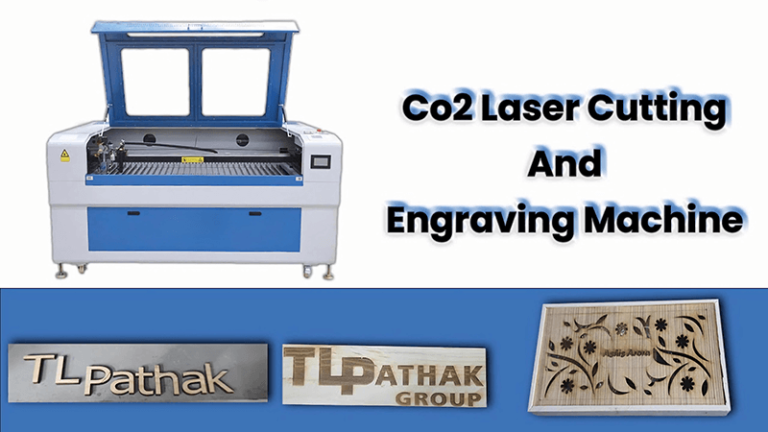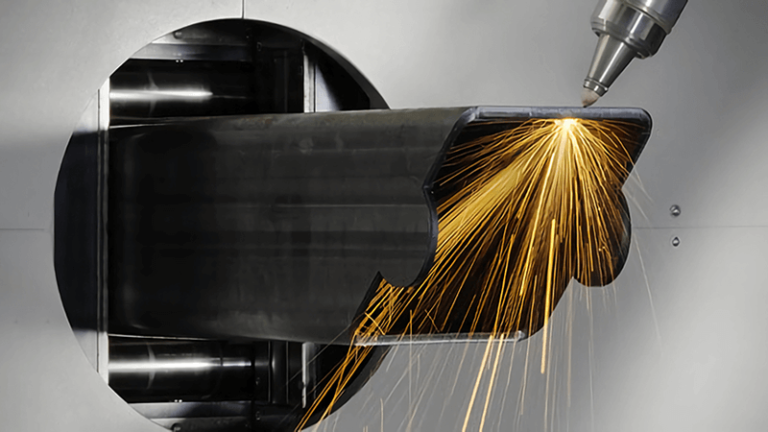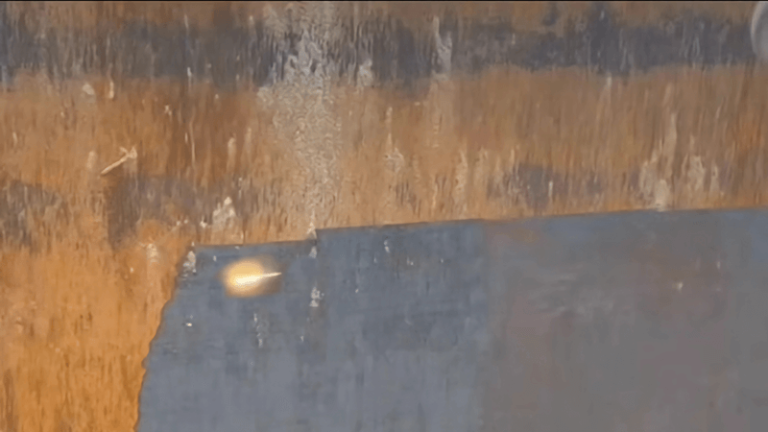When I speak to buyers or factory owners, I always ask: are you choosing a laser machine that fits your exact material and production need—or just going for the lowest price? That one choice can define your success or failure.
The most important things to look for are laser type, power, material compatibility, and long-term reliability—not just price tags or surface specs.
Some people buy based on wattage or brand name alone. That’s a mistake I’ve seen too many times. A mismatched machine means bad marks, wasted money, and sometimes broken trust with your end clients. Let me walk you through what to check before signing the purchase order.
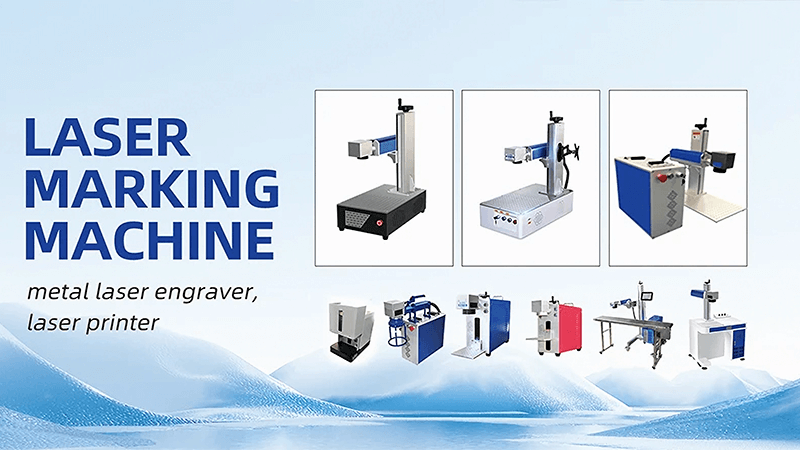
How to choose a laser marking machine?
Many buyers focus on specs without asking: “What’s my use case?” But your needs—materials, speed, depth, and budget—are what define the machine, not the other way around.
To choose the right laser marking machine, start with the material you’re marking, then match the laser type and power to your production speed and quality requirements.
Match laser type to your application
Different materials absorb laser beams differently. Here’s how they break down:
| Material | Best Laser Type | Notes |
|---|---|---|
| Metal | Fiber Laser1 | Deep, high-contrast, fast |
| Plastic | UV Laser2 | Precise, no burn edges |
| Wood/Acrylic | CO₂ Laser3 | Smooth, natural look |
| Glass/Ceramic | UV Laser | No cracks, fine marks |
| PCB/IC Chips | UV Laser | Micro-text accuracy |
Fiber lasers are usually best for metal. At Kirin Laser, our best-selling fiber laser marker is used for stainless steel, aluminum, and copper. It delivers clean, permanent marks at high speed with low maintenance.
Don’t just go by price
One time, a client showed up after buying a $1,000 desktop marker online. It couldn’t mark stainless steel. We opened it up—no real cooling system, unstable beam quality, no focus adjustment. It was made for soft plastic, not steel.
We replaced it with a 30W fiber laser, and the difference was night and day. Within a week, his parts were clean, permanent, and passed every inspection test.
Ask these key questions
- What materials will I mark?
- How fast is my production cycle?
- Do I need deep engraving or surface marking?
- Do I need software integration?
- What environment will the machine operate in?
The more clearly you answer these, the easier your decision becomes.
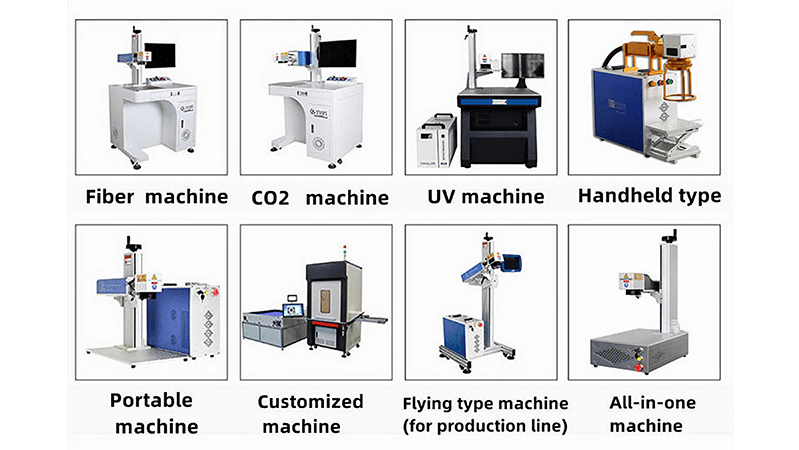
What wattage is best for laser engraving?
Many buyers think higher wattage is always better. But that’s not always true—it depends on your goal: speed, depth, or material.
20W to 30W fiber lasers are ideal for most engraving tasks on metal. For deep engraving or high-speed marking, 50W and above is better. For plastics or soft materials, lower wattage may be enough.
Wattage isn’t just power—it’s performance
Let’s look at typical wattage ranges and use cases:
| Wattage | Ideal For | Notes |
|---|---|---|
| 20W | General metal marking, barcodes | Entry-level, slower on deep marks |
| 30W | Standard industrial use | Best balance of speed and cost |
| 50W | Deep engraving, high-volume jobs | Faster, deeper, more versatile |
| 100W+ | Special applications | For thick metal parts or fast lines |
Choose wattage based on depth and speed
If your marks need to be visible after coating or sandblasting, go with higher power—30W or 50W4. For cosmetic or surface markings on nameplates or tools, 20W may be enough.
At Kirin Laser, I usually recommend 30W fiber5 as the starting point for industrial clients. It’s powerful, fast, and flexible without being overkill. We also offer 50W and 100W if clients need deeper cuts or higher throughput.
One customer upgraded from 20W to 50W after scaling production. His line speed doubled and downtime dropped to zero—because the 50W didn’t overheat or require multiple passes.
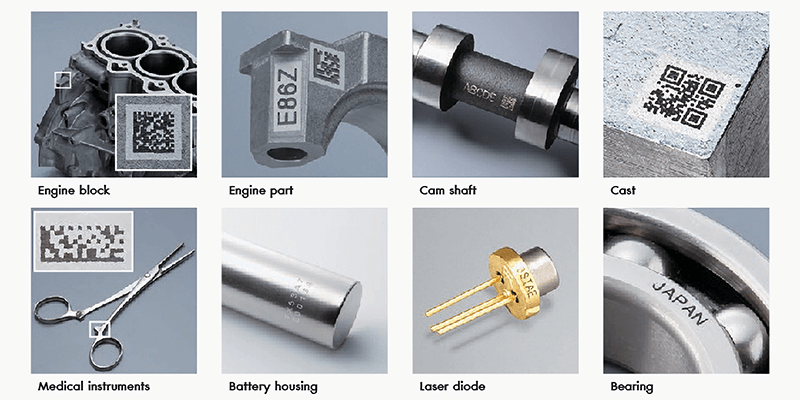
What materials are used for laser marking?
Laser marking works across a wide range of materials—but each one needs a specific type of laser and settings.
The most commonly marked materials include metals, plastics, glass, wood, and ceramics. Fiber lasers are best for metal, UV lasers for plastics and glass, and CO₂ lasers for organic materials like wood and leather.
Understand how each material reacts
Laser energy interacts with material on a molecular level6. Here's a breakdown:
| Material Type | Examples | Recommended Laser | Challenges |
|---|---|---|---|
| Metals | Steel, Aluminum, Brass | Fiber | Reflectivity, thermal expansion |
| Plastics | ABS, Polycarbonate | UV | Burning, discoloration |
| Glass | Bottles, Lenses | UV | Cracking, microfractures |
| Wood/Acrylic | MDF, Birch, PMMA | CO₂ | Charring, fire risk |
| Coated Surfaces | Painted metal, anodized | Fiber or UV | Layer sensitivity |
Trial and error is expensive
I've seen buyers spend weeks tuning a CO₂ laser to mark plastic, only to find out they needed a UV system all along. That’s why we always do free test marking at Kirin Laser7. We match the material to the beam source, confirm clarity, contrast, and speed—before anyone pays.
Our test lab runs 100+ material samples per month. From titanium bike parts to polypropylene caps, we’ve probably tested it. If we haven’t, we will.
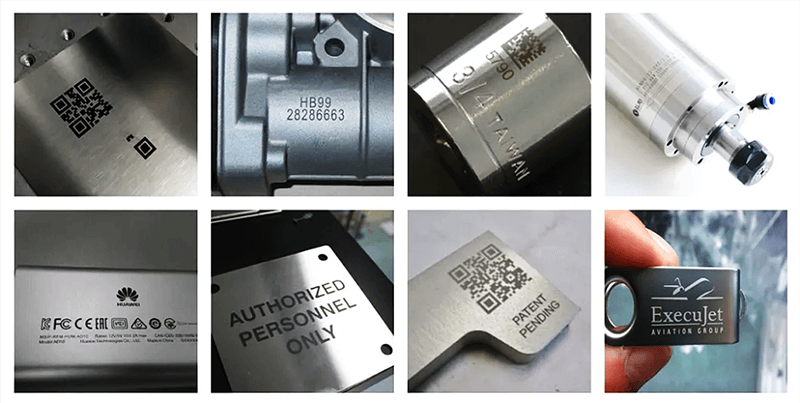
Which type of laser machine is best?
No one laser fits all needs. It depends on material, application, and budget. But some lasers are clearly better for certain jobs.
Fiber lasers are best for metal; CO₂ lasers for non-metals like wood and acrylic; UV lasers for plastic, glass, and micro-texturing.
Here’s a clear comparison:
| Laser Type | Best For | Weaknesses |
|---|---|---|
| Fiber | Metals, coated surfaces | Not ideal for glass/plastic |
| CO₂ | Wood, acrylic, rubber | Poor on metals |
| UV | Plastics, glass, ICs | Higher cost, slower speed |
Fiber lasers: The industry workhorse
At Kirin Laser, 80% of our marking machines sold are fiber-based. That’s because most industrial applications involve metal parts: tools, engine blocks, valves, tags, surgical instruments. Fiber lasers8 are compact, energy-efficient, and long-lasting.
We offer 20W, 30W, 50W, and 100W models with optional auto-focus, rotary attachments, and enclosures. All of them support software like EzCad or custom integration with your MES/ERP.
When to choose CO₂ or UV?
CO₂ is ideal for signage, packaging, and leather goods. If you’re marking wood products, it gives a clean edge. UV lasers are your best choice for electronics or medical devices—anywhere you need precision on soft or sensitive materials.
One of our medical clients uses UV to mark 2D codes on white polycarbonate valves. CO₂9 burned them. Fiber left no contrast. UV hit the sweet spot.
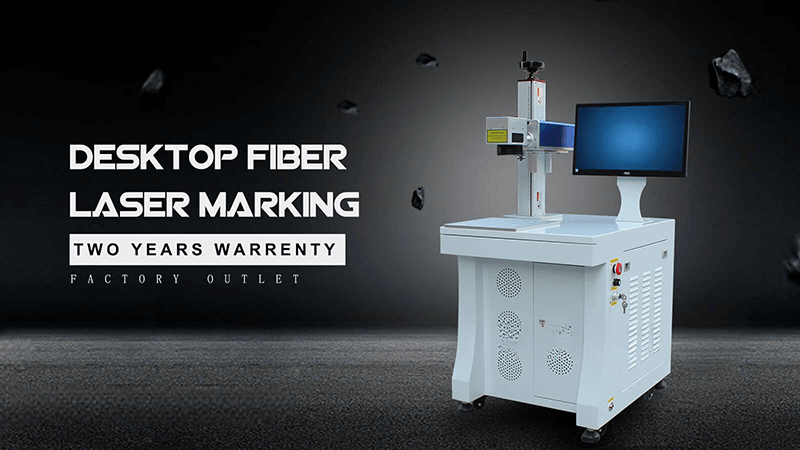
Conclusion
Choosing a laser marking machine10 is not just about the specs. It’s about fit. You need the right laser type, the right wattage, and the right features for your exact application. At Kirin Laser, we’ve helped hundreds of customers avoid mismatches, downtime, and costly mistakes. Whether you're marking steel valves or polymer chips, there's a laser built for that—and we’ll help you find it. Don’t settle for one-size-fits-all. Go custom. Go precise. Go Kirin.
-
Explore the benefits of Fiber Lasers for metal marking, including speed and precision, to enhance your understanding and decision-making. ↩
-
Learn about the unique capabilities of UV Lasers in marking various materials, ensuring quality and precision in your projects. ↩
-
Explore how CO₂ lasers provide smooth, natural finishes on wood and acrylic, enhancing your projects with precision and quality. ↩
-
Discover how a 50W laser can significantly enhance engraving quality and speed, making it ideal for high-volume jobs. ↩
-
Explore the advantages of 30W fiber lasers for industrial use, including speed and flexibility, to enhance your production efficiency. ↩
-
Understanding this interaction is crucial for optimizing laser applications in various industries. ↩
-
Exploring this service can save you time and money by ensuring the right laser system is used for your materials. ↩
-
Explore this link to understand why Fiber lasers are preferred for metal marking and their efficiency in various industries. ↩
-
Discover the diverse uses of CO₂ lasers, especially in wood and leather marking, and how they can benefit your projects. ↩
-
Find the best laser marking machine and marking solutions from Kirin Laser, clicking this link to get all your needs. ↩

